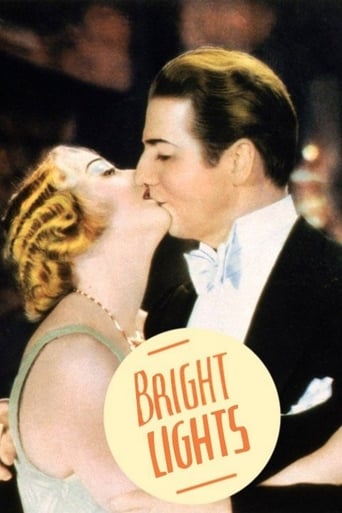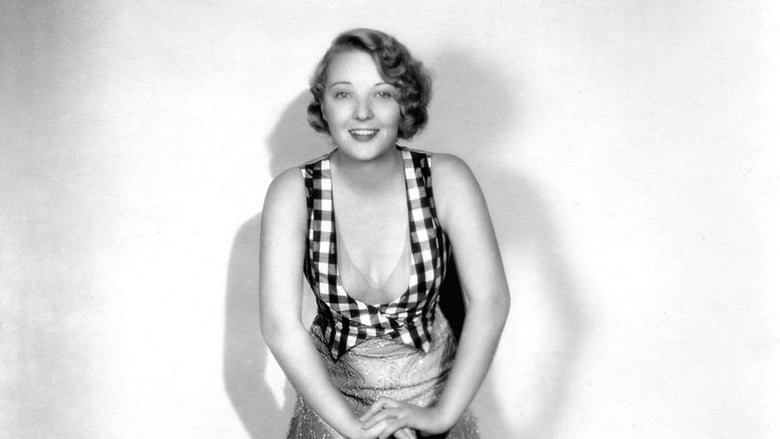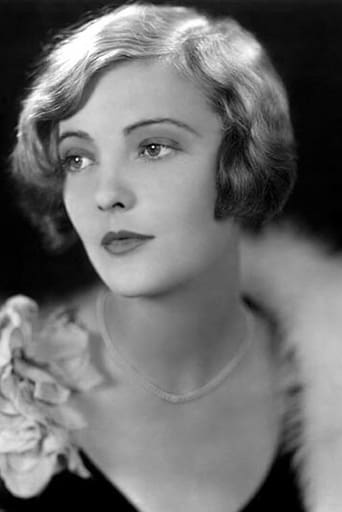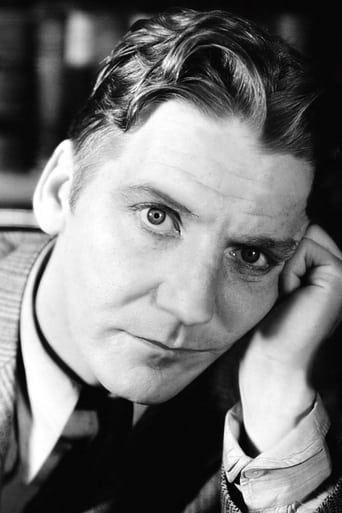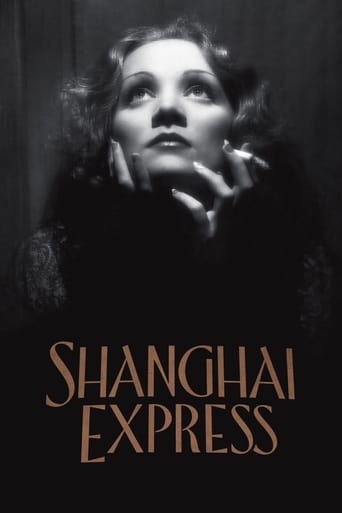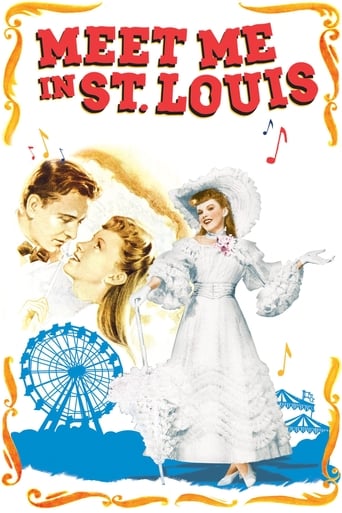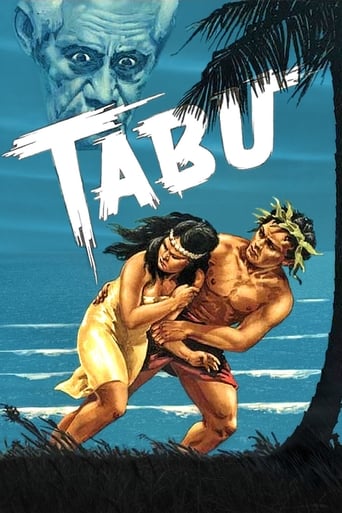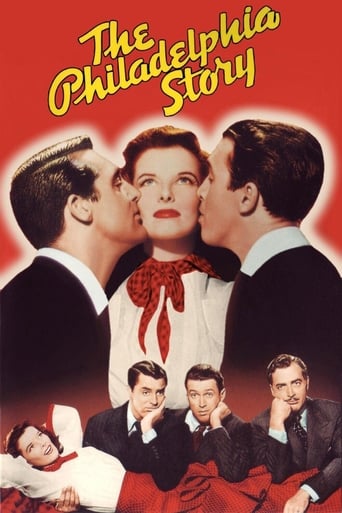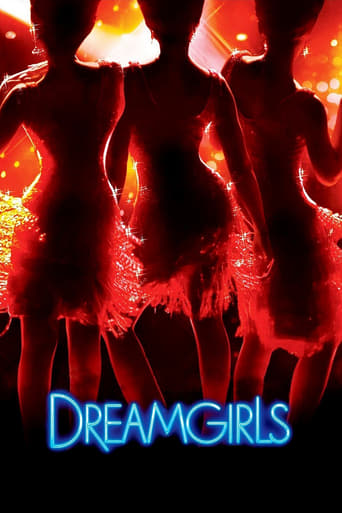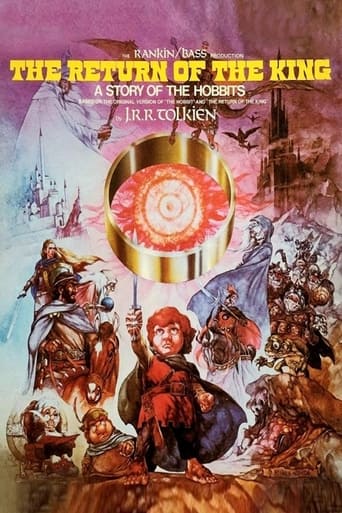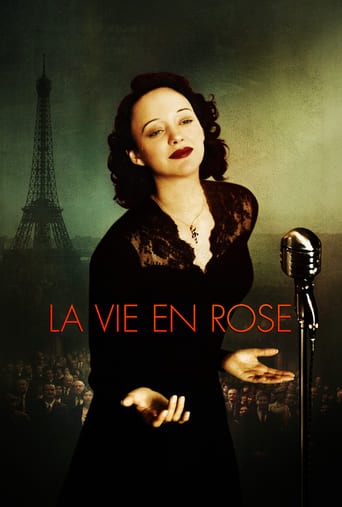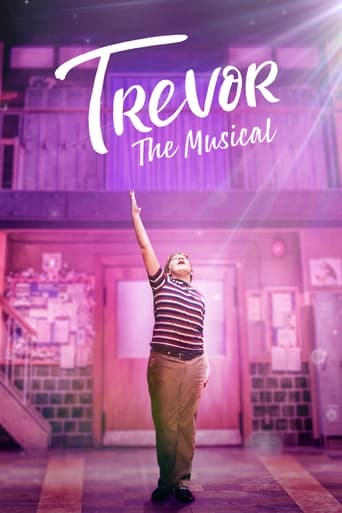Bright Lights (1930)
In this light-hearted musical, an early color film, a successful actress tires of the bustle and hustle of her tawdry life and settles down to what she thinks is the blissful mundaneness of married life. Unfortunately, the actual drudgery of wifedom takes her by surprise and domestic turmoil ensues.
Watch Trailer
Free Trial Channels
Cast


Similar titles
Reviews
In truth, there is barely enough story here to make a film.
In other words,this film is a surreal ride.
Amazing worth wacthing. So good. Biased but well made with many good points.
The storyline feels a little thin and moth-eaten in parts but this sequel is plenty of fun.
The title actually says "Adventures in Africa", but it's listed on Turner Classics as "Bright Lights!". and the trivia says there's a lost technicolor version, but personally i'm glad its in glorious black and white... i like my early talkies to be in charming but ancient black and white. a bare minimum of a story. In this show-within-a-show, Frank Fay is Wally, the emcee of the big production. Dorothy Mackaill is Louanne, about to leave the show and marry into money. the other big names are Noah Beery as the interloper, and funny guy Frank McHugh as the reporter, always lurking about. he's listed way down in the credits, but he's in almost every scene. one of his first roles in hollywood. This was before any film code, so there's an abundance of cleavage and walking around in night-gowns. one of the running gags is the Averys, husband and wife who are continually nagging each other. LOTS of song and dance numbers, but it keeps moving along. it's fun... light and fluffy. A Curtiz production... probably his best known films were Casablanca and Yankee Doodle Dandy.
A Broadway star is giving up the stage to marry a millionaire, but she might be happier with the man who brought her up through the showbiz ranks.BRIGHT LIGHTS (1930) is ultimately a movie about a show business family and how everyone supports each other. The action takes place on the night of Louanne's (Dorothy Mackaill) last performance in a successful musical revue before settling down with a rich society type. Louanne's co-star Wally (Frank Fay) has been with her through the ups and downs, and in fact groomed Louanne to be the star she's become. Wally loves Louanne and wants nothing but the best for her, even if that means letting her marry another man.Director Michael Curtiz uses flashback sequences to contrast Louanne's press-friendly account of her "innocent" past with the more vulgar realities of her life (dancing the hula in African saloons and cheap carnivals). When her past threatens to ruin her impending marriage, Wally steps in to protect her.I'd recently seen Dorothy Mackaill in another talkie and was disappointed with her performance, but she's much better here. Much more "alive", joking around with Fay in an early scene in her dressing room and doing her fair share of singing and dancing in the musical numbers. Frank Fay plays his role like an old pro. He made relatively few movies in his career but I still find ones I haven't seen before.Joining them in the cast is Inez Courtney, who pops up in lots of early-'30s films as the female lead's funny friend. She's awfully cute here as another performer whose boyfriend (THE CROWD's James Murray) makes a business deal with a ghost from Louanne's past. That ghost (and the villain of the piece) is Noah Beery Sr., playing a Portuguese (?!) diamond smuggler from Louanne's African days. Frank McHugh is the inebriated reporter who hangs around backstage and Tom Dugan and frequent Laurel & Hardy co-star Daphne Pollard play a battling married couple in the company.The cast of the show-within-the-show, along with their romantic partners, the stage manager, the security guard, and the usual crowd buzzing around backstage make up a sort of close-knit family, and it's touching to see how they cover for each other when the theater becomes the scene of a murder investigation.There are several musical routines featured within the context of the story. The songs are nothing special and the choreography isn't very elaborate (we're not talking about Busby Berkeley here), but it might've been the bee's knees back in the very early days of film musicals. The opening number is an ode to New York City (including a bizarre Wall Street set piece), and there's a "rah rah" college-themed number and an exotic "cannibal" number.Some of the jokes fall flat, but the cast is engaging and the film balances music, romance, comedy, and suspense all in a comfortable sixty-nine minutes.TCM aired BRIGHT LIGHTS under its rather misleading re-release name ADVENTURES IN_AFRICA.
As I sat and watched "Bright Lights", I did what I often do--checked out the IMDb reviews for the film. Imagine my surprise when I noticed several reviews which gave this film extremely high scores...too high. It made me wonder if we were watching the same film, as "Bright Lights" was just awful--dated, dull and among the worst early musicals I've ever seen. It lacks polish and is flat but more importantly, it abounds with overacting. How anyone could give this silly film a 10 is beyond me. It obviously is a transitional film--one where the folks who made the film still haven't figured out exactly how to do a musical. The choreography is pretty lousy, the sound quite flat and the story lacks so much.By the way, if you are wondering, I love old movies--especially early talking pictured. It's just that I don't like this particular one!
Maria Montez was once quite rightly dubbed Queen of Technicolor. As for the King? Well, there was a King, true, but he wasn't an actor (at least not a regular actor). He was director Michael Curtiz, called the King of Technicolor because it was claimed he directed more Technicolor (two-strip and three-strip Technicolor, that is) movies than anyone else. A difficult assertion to prove or disprove. Certainly Curtiz was King of Technicolor on the Warner Bros. lot. Maybe over-all. I'll leave that for some other researcher to ponder. What we do know for a fact is that 1930 was one of Technicolor's greatest years. Sixteen full-length features plus one, M-G-M's The March of Time shelved and never released, plus eighteen features with Technicolor sequences, totals thirty-five — a figure not exceeded until 1948. Warner Bros.-First National were responsible for no less than sixteen of these Technicolor releases, but only three were directed by Curtiz: Bright Lights, Under a Texas Moon and sequences in Mammy. Just about all the Warner-First National output were musicals (no wonder the public tired of the genre so quickly in 1930). Bright Lights is no exception. It's a shame in fact that even more songs weren't packed in to edge out even more of the silly story. It would have to be the most stupid, most idiotic, most unbelievable, most melodramatically ridiculous plot I've ever encountered. At least it's original. No-one would ever want to copy or imitate it, that's for sure!However, the story does allow us to evaluate the players, particularly lovely, charismatic, almost forgotten, British-born Dorothy Mackaill, a big star in silents who made the transition to sound with no problems at all, but was left on the sidelines when Warner Brothers bought out First National and began trimming National's star roster at the height of the Depression. Another problem – not of Dorothy's making, but entirely the fault of Jack Warner – was that her vehicles were not popular with the public. This one, chock-a-bloc with elaborate production numbers, hit theaters when the public was absolutely fed up with musicals. Hence a desperate title change to Adventures in Africa which was not only inappropriate – the "African" footage didn't amount to more than ten minutes – but wildly deceptive. So who did people blame? Jack Warner? No! Mike Curtiz? No! "Humph" Pearson and Henry McCarty? No! Even over-zealous Frank Fay who out-stays his welcome. No! This was only Fay's third feature film, and he had no box office drawing power anyway. For 99% of moviegoers, Dorothy Mackaill was number one on their hit list. My dad thought that the sole function of producers was to shell out the money and that directors were in charge of photography and other technical aspects. As for the stars – they made up their own scripts and directed themselves! And those notions was shared by almost the entire line-up of rank-and-file picturegoers. So if they hated Adventures in Africa – which they did (in spades) – the number one (and perhaps only) figure on their hate lists was Dorothy Mackaill. True, Frank McHugh's inebriated reporter hit the spot, but his routines ranked a poor second to all that singing and dancing – which you and I love, but which back in 1931, just about everyone from critics to choir boys hated!

